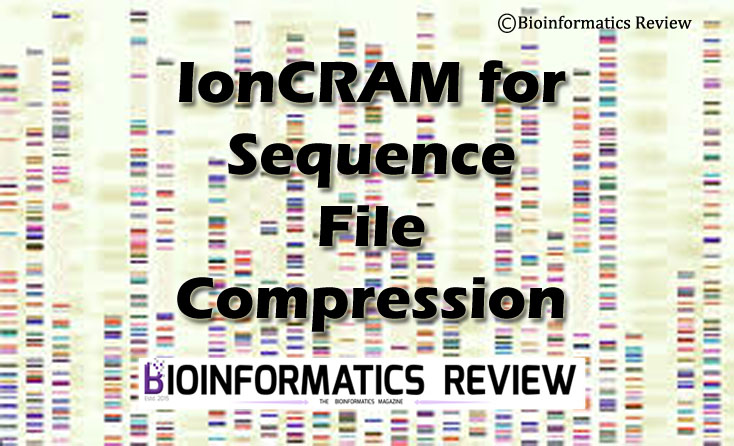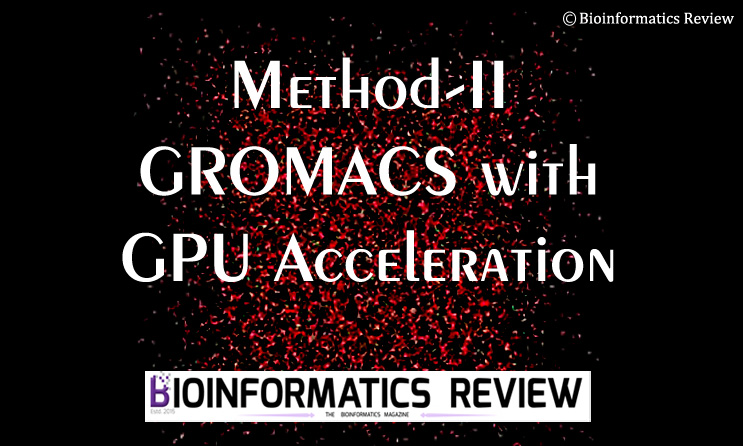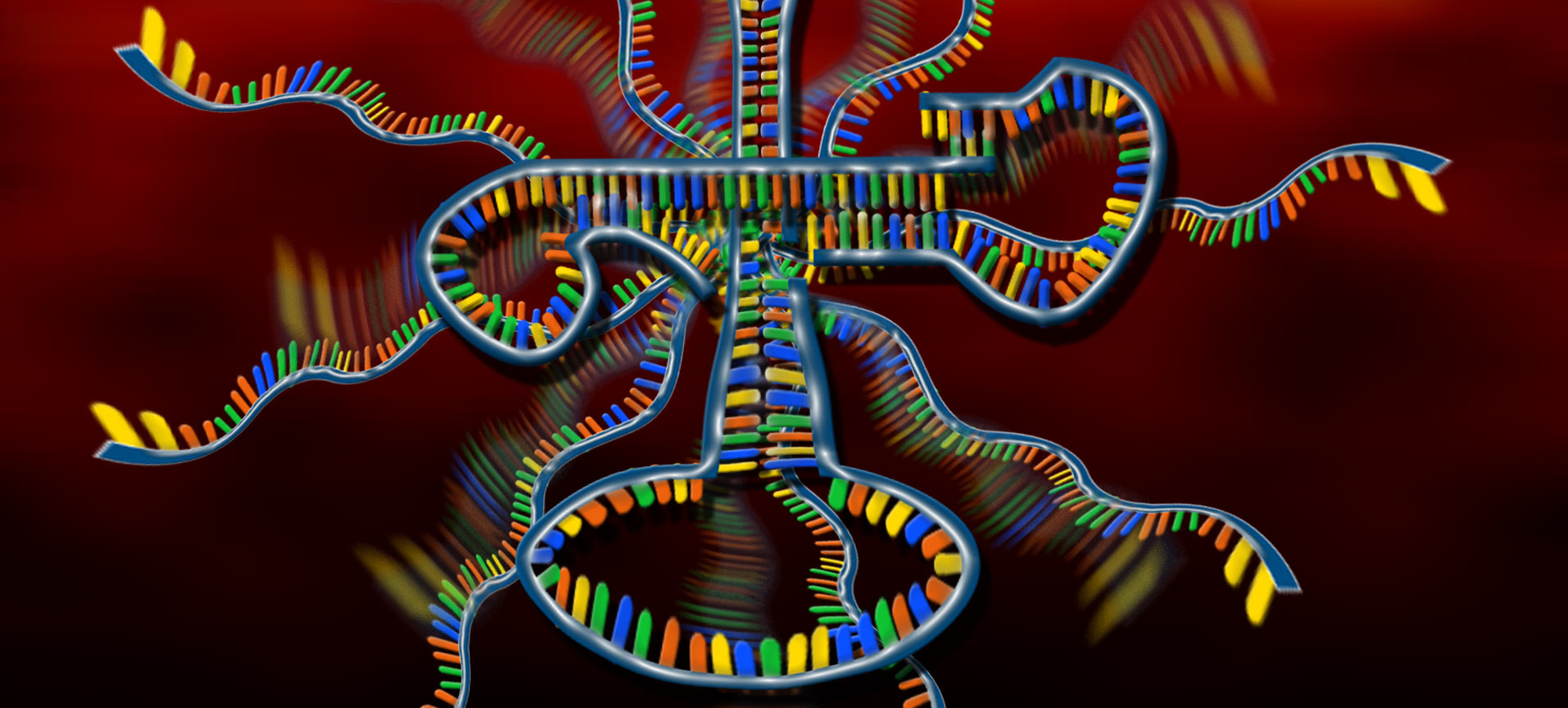CDK stands for chemistry development kit [1]. This is an open source kit for cheminformatics consisting of modular JAVA libraries. In this article, we will install CDK on Ubuntu.
Preparing system
Open a terminal by pressing Ctrl+Alt+T. Update and upgrade your system using the following commands:
$ sudo apt-get update
$ sudo apt-get upgrade
Installing prerequisites
You need to install the following packages to run CDK on your system. Paste the following command in the terminal.
$ sudo apt-get install -y maven
$ sudo apt-get install -y default-jdk
Downloading CDK
At first, change to the directory where you want to download the software. Let’s say ‘Downloads‘.
$ cd Downloads/
You can either manually download the latest version of the CDK from here or use the following command.
$ wget https://github.com/cdk/cdk/archive/refs/tags/cdk-2.5.tar.gz
It will take a moment to finish downloading.
Installing CDK
Extract the downloaded package.
$ tar xvzf cdk-2.5.tar.gz
A new directory would have been created namely, cdk-cdk-2.5. Change to this new directory to install.
$ cd cdk-cdk-2.5/
Now install using the following command.
$ mvn install
It will be finished in a few moments.
References
- Steinbeck, C., Han, Y., Kuhn, S., Horlacher, O., Luttmann, E., & Willighagen, E. (2003). The Chemistry Development Kit (CDK): An open-source Java library for chemo-and bioinformatics. Journal of chemical information and computer sciences, 43(2), 493-500.





